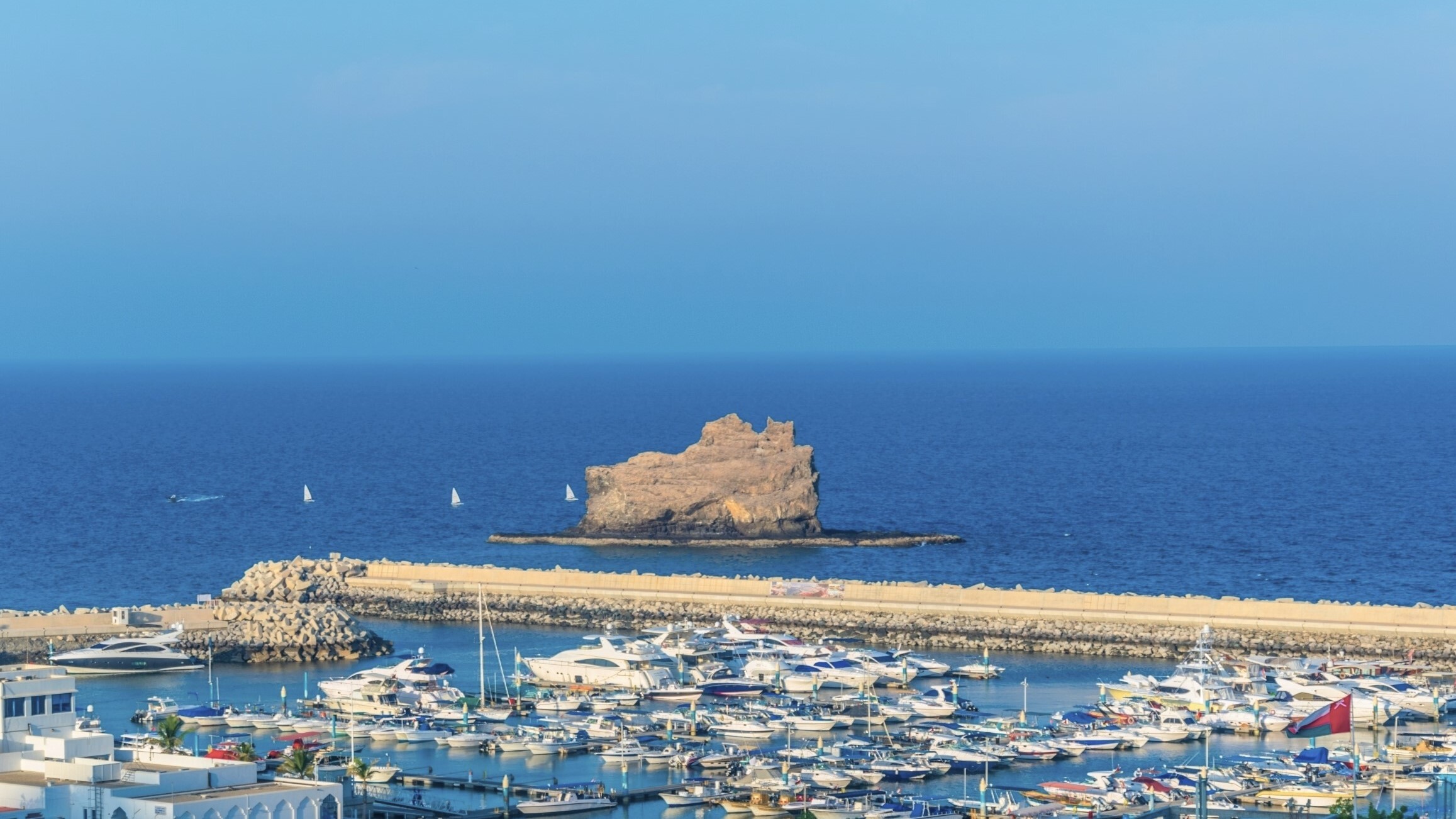Chengdu, China’s climate is routinely cloudy and overcast. So it’s no wonder why architects would design the city’s next great skyscraper with reflective light in mind.
Ground has just broken on Adrian Smith and Gordon Gill Architecture’s Greenland Tower Chengdu which, at 100 stories, will be southwestern China’s tallest building and the fourth-tallest edifice in the nation upon its 2018 completion. At 468 meters, it will overshadow the city’s current tallest building, the Chengdu IFS Towers, by approximately 200 meters.
Located in the center of the flourishing Dongcun district, the structure’s design was inspired by the unique ice mountain topography around Chengdu, which, according to the design studio, symbolizes the city’s growth and promising future.

At 468 meters Greenland Tower Chengdu will be China’s fourth-tallest building, upon its 2018 completion.

Greenland Tower Chengdu acts as a light sculpture to diffuse light from 360 degrees, connecting the sky and the earth.
“Like the mountain ridges reflecting the light of the sky and the valleys reflecting light from the earth, the iconic tower will perform as a light sculpture to diffuse light from 360 degrees, creating a connection between sky and earth,” the architecture firm said.
At night, Greenland Tower will glisten brilliantly (via LED lights) like a sparkling glacier, accentuating the structure's crystalline form. In addition to reflecting light from mountains and earth, Greenland Tower Chengdu’s mixed-use functionality will also reflect local society and contribute to the city’s advancement as an economic powerhouse within China.
The design for the 395,305-square-meter complex (which includes a main tower, two small towers and a six-story podium) interprets and integrates Chengdu’s urban structure, local culture and Chinese traditional feng shui theory in a modern form. Like many of today’s modern big city structures, Adrian Smith + Gordon Gill Architecture intends to create a comfortable garden city environment with convenient traffic patterns for vehicular, pedestrian and metro transportation.
The main tower features 120,000-square meters of office space in the lower zone, a 51,000-square-meter luxury hotel in the middle zone, and 42,000-square meters of “CEO suites” in the high zone. The two smaller towers (116-meters tall and 147-meters tall respectively) will accommodate luxury “SoHo apartments.” Meanwhile the podium boasts 14,000-square meters of retail space, a 16,000-square-meter conference center with a bridge connection to the main tower, and an 8,000-square-meter exhibition center. A roof garden will offer 360-degree views of the city.

Greenland Tower is a 395,305-square-meter complex with a main tower, two small towers and a six-story podium.

The main tower boasts office space in the lower zone, a luxury hotel in the middle zone, "CEO suites” in the high zone and a rooftop garden.
Chengdu is China’s fourth most populous city (14 million people) and capital of the Sichuan province in Southwest China. It is known for its cuisine, ancient fortress wall (built during the Qing dynasty), the New Century Global Centre entertainment complex (one of the the world's largest buildings), and giant pandas—including the Sichuan Wolong Giant Panda Nature Reserve, the largest preserve in the world, just 81 miles away from Chengdu.
Sichuan province is prone to major seismic activity, including a 6.6-magnitude quake in April 2013. Greenland Tower Chengdu compensates for the high seismic zone, using a geometrical plan, a tapered form and a high-performance damper bracing system to ensure the structure’s stability and efficiency. The building façade, MeP and other systems are designed with “high-efficiency sustainability features, creating a new generation of the high-performance super tall building,” according to the firm.

Adrian Smith & Gordon Gill Architecture designed Jeddah, Saudi Arabia's Kingdom Tower, slated to become the tallest structure on earth upon completion.
Adrian Smith & Gordon Gill Architecture recently designed Jeddah, Saudi Arabia’s Kingdom Tower (an ultra modern structure whose observation deck resembles Star Trek’s Starship Enterprise spacecraft), which is slated to become the world’s tallest building (1,000-plus meters high) when construction finishes. Smith also worked on the Burj Khalifa, a skyscraper in Dubai, United Arab Emirates touted as the tallest man-made structure in the world, standing at 829.8 meters.
By 2018, Chengdu’s natural surrounding ice mountains will have its manmade equal—a modern high-rise tower that will shed a little more light about the city's culture, customs and lifestyle. More impressively, the Greenland Tower will be symbolic of the economic prowess of China—which surpassed the United States as the world’s largest economy this week.








